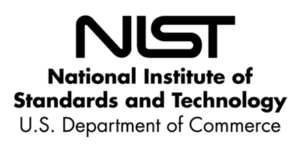KBY-AI’s face recognition algorithm is globally top-ranked by NIST in the FRVT 1:1 leaderboards.
Reliable face recognition
The Face Recognition SDK is designed to be efficient, using low memory and delivering high performance.
We offer multi-platform solutions including face recognition Android, face recognition iOS, face recognition Flutter, face recognition React-Native, face recognition docker, face recognition server(Linux/Windows)
Supported operating systems
- Windows
- Linux, Docker
- Android
- iOS
- Kubernetes
Architecture overview
- x86, x64
- armeabi-v7a, arm64-v8a
Available APIs
- Python API (for Windows, Linux)
- C++ API (for Windows, Linux)
- C# API (for Windows)
- HTTP API
- Java API (for Android)
- Kotlin API (for Android)
- Objective-C API (for iOS)
- Swift API (for IOS)
- Flutter plugin (for Android, iOS)
- React-Native plugin (for Android, iOS)
- Ionic-Cordova plugin (for Android, iOS)
KBY-AI’s facial recognition algorithm is globally top-ranked by NIST in the FRVT 1:1 leaderboards. (2024-12-20)
Grow your business with our SDK
With our SDKs, you can focus on creating innovative solutions while we handle the complexities of platform compatibility and integration.
Partner with us to drive your business to the next level!
Face Recognition SDK (Server)
- Face Detection
- Face Templates Extraction
- Face Matching
- Pose Estimation
- 68 points Face Landmark Detection
- Face Quality Calculation
- Face Occlusion Detection
- Eye Closure Detection
- Mouth Opening Check
Face Liveness Detection SDK (Server)
- Face Detection
- Face Liveness Detection
- Pose Estimation
- 68 points Face Landmark Detection
- Face Quality Calculation
- Face Occlusion Detection
- Eye Closure Detection
- Mouth Opening Check
Basic SDK
- Face Detection
- Face Liveness Detection
- Pose Estimation
Standard SDK
- Face Detection
- Face Liveness Detection
- Pose Estimation
- Face Templates Extraction
- Face Matching
Premium SDK
- Face Detection
- Face Liveness Detection
- Pose Estimation
- Face Templates Extraction
- Face Matching
- 68 points Face Landmark Detection
- Face Quality Calculation
- Face Occlusion Detection
- Eye Closure Detection
- Mouth Opening Check
We have developed a face recognition API using our Server SDK.
Upload two image files for face comparison, and the API will return a similarity score as the result.
Upload image files as base64 encoded string, and the API will return a similarity score as the result.
We have developed a face recognition app using our Standard and Premium SDK.
This app features advanced face recognition and liveness detection capabilities for both Android and iOS.
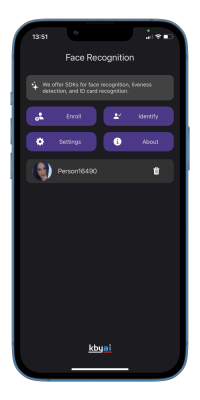
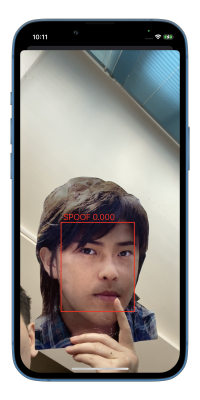
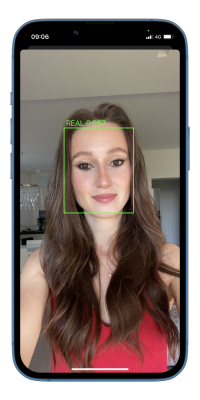
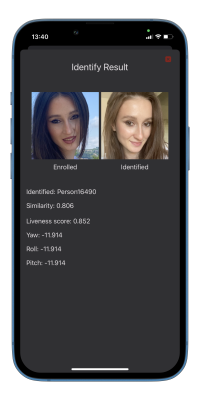
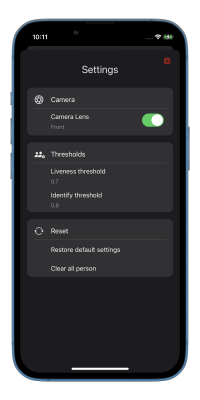
Register User
Add a user’s face to the database by extracting face templates from the gallery or directly via the camera.
Identify User
Use the camera to capture face templates and identify users by matching them against the database.
Liveness Check
During the identification process, the app performs liveness detection to ensure the face is real and spoofed.
Settings
Access the settings page to adjust liveness detection and identification thresholds.
We have built face auto-capture with Premium SDK.
Face auto-capture is a component to capture an image of face suitable for register or identity verification without having to manually trigger the photo capture.
Image is captured automatically when all quality requirements have been satisfied.
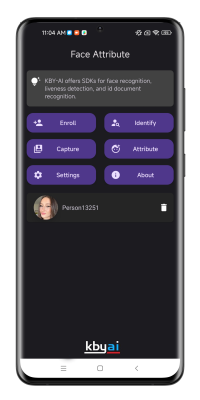
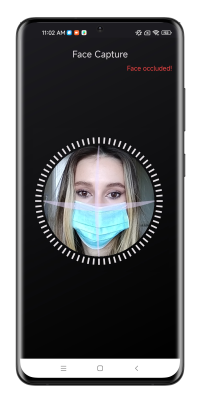
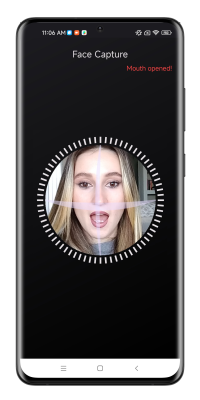
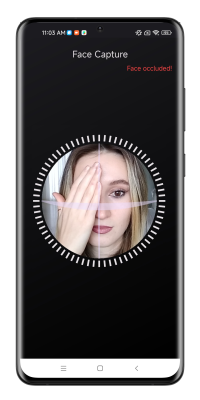
Front Face
During auto-capture, only front-facing images are selected by analyzing the yaw, pitch, and roll angles of the face.
Face Occlusion
The system ensures the face is not occluded before capturing the image, capturing only clear, unobstructed faces.
Masked Face
Faces with masks are ignored during the auto-capture process.
Eye Closure or
Mouth Open
The module checks for closed eyes or an open mouth and ensures the captured image meets these conditions.
Ready to get started?
Let's talk
We provide on-premises identity verification solutions with a perpetual license,
providing a cost-effective option to help you save your budget significantly.
Flexible licensing terms
Different options to fit your business model
Expert tech support via messenger
We provide 24/7 technical support via WhatsApp, Telegram, and Skype.
Regularly update and free support
We provide regular SDK updates free of charge to our customers.
Robust and high accuracy
Achieve industry-leading accuracy with our technology, ensuring reliable and precise results for your applications.
Simple and cleaning APIs
Easily integrate our SDKs into your projects using our straightforward and user-friendly APIs, streamlining the development process.
Fully-offline, on-device works
Benefit from our SDKs’ capability to work fully offline or on-device, providing seamless functionality even without an internet connection.

